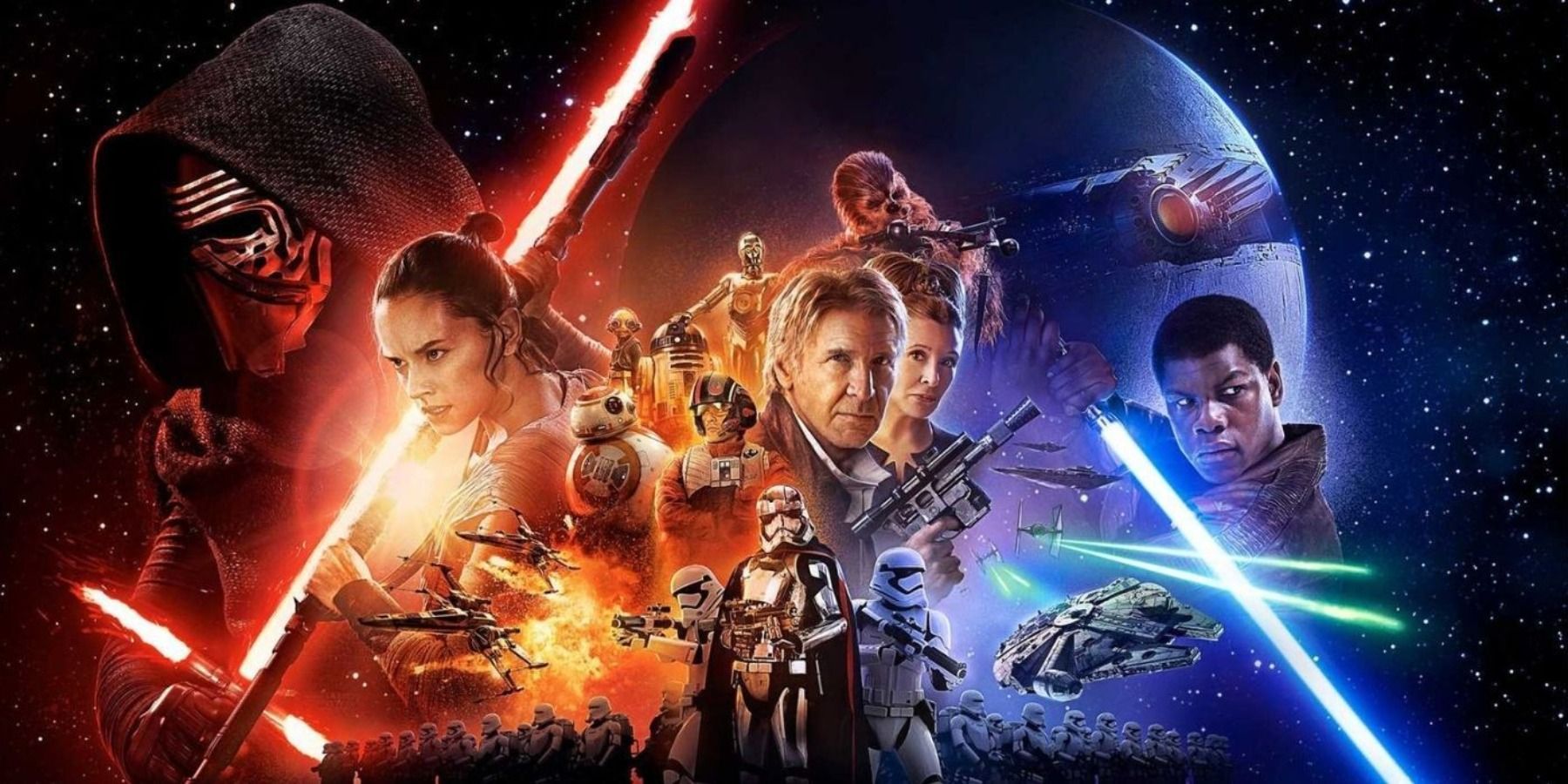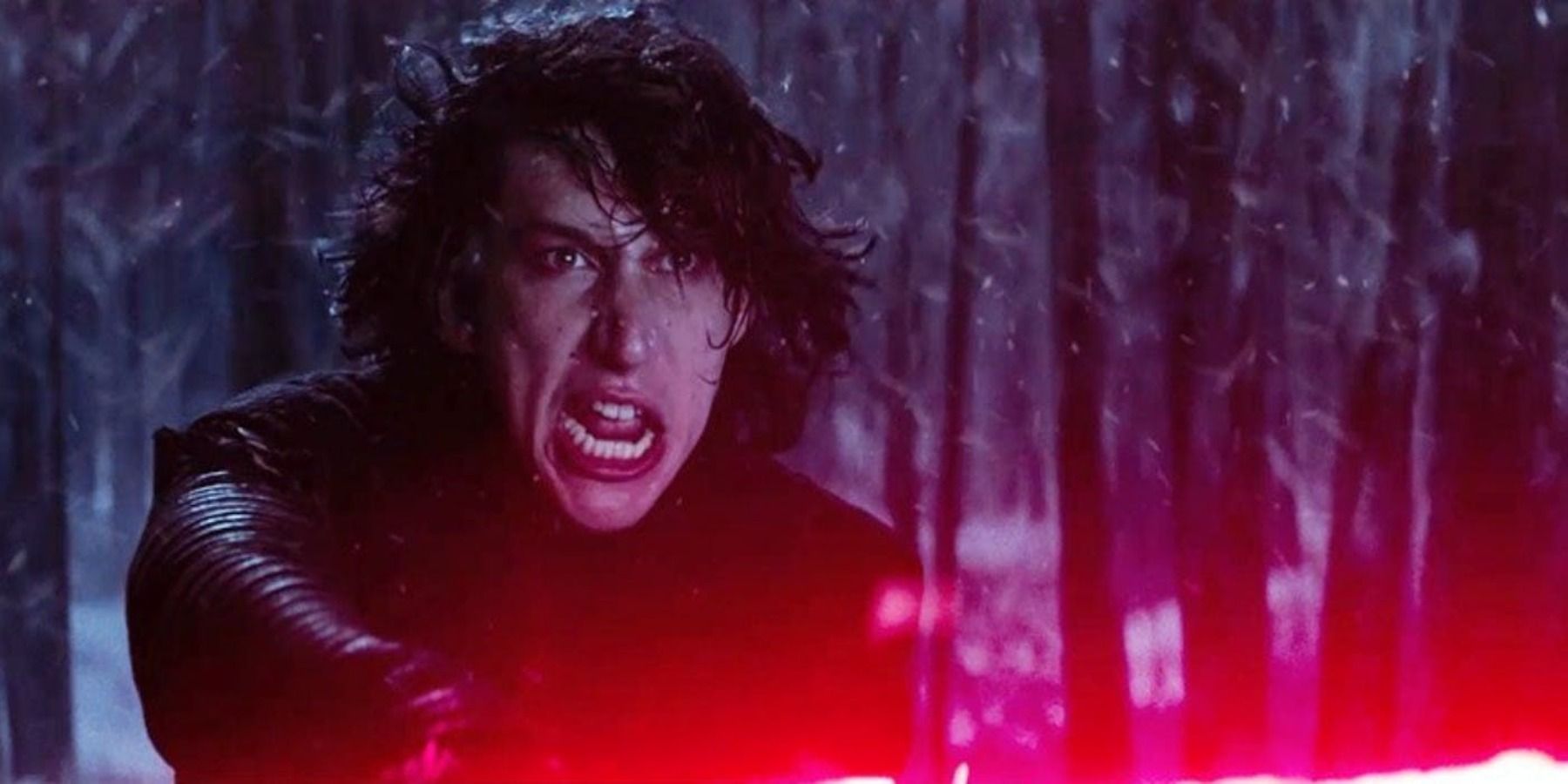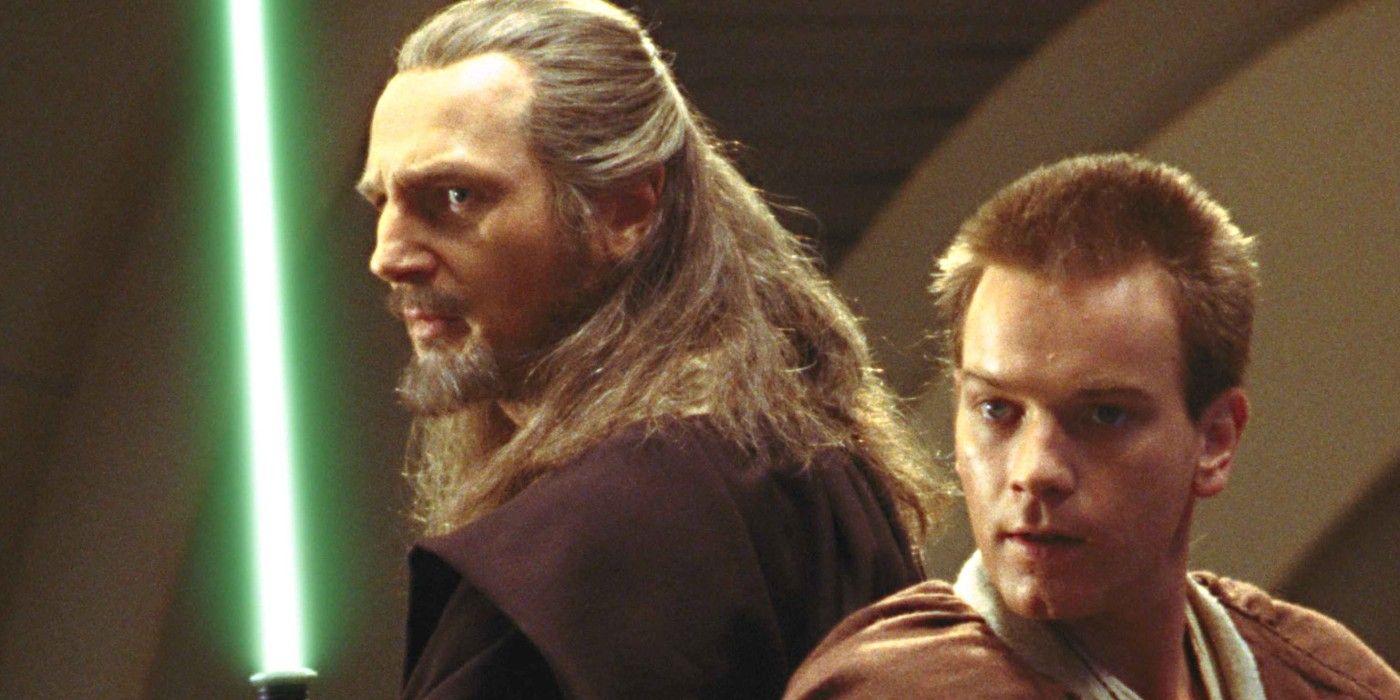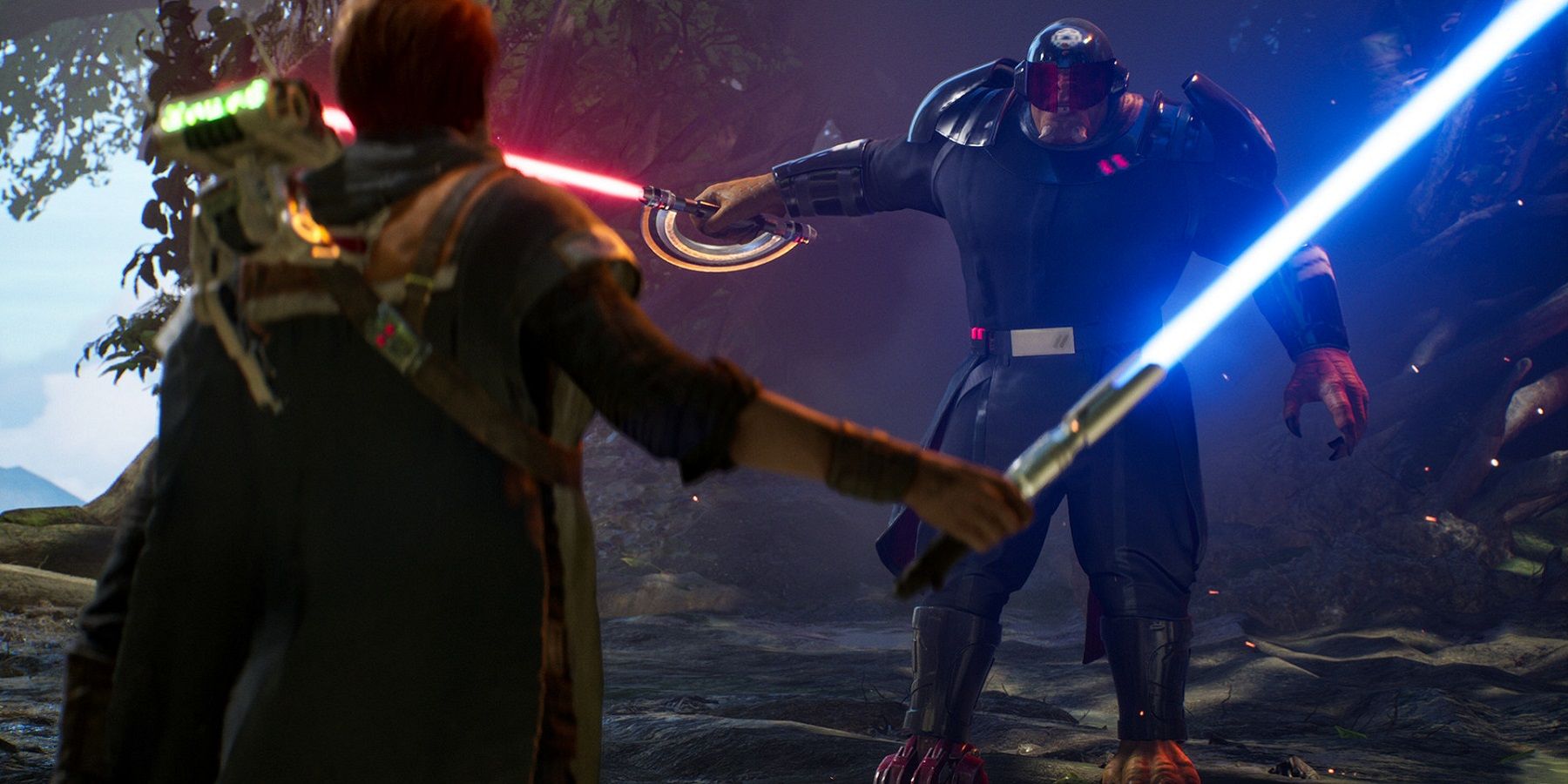When Disney bought Lucasfilm and Star Wars back in 2012, it might as well have come gift-wrapped with a greeting signed by Peter Parker’s uncle Ben, because taking over one of pop culture’s most glorified franchises sure packed some great responsibility that the media giant is still trying to juggle, nearly a decade after the takeover.
This is because, despite its vast financial success, Star Wars recent era has been marred by less than spectacular content that perhaps even does a disservice to the better productions put out under new ownership. In that sense, Disney's Star Wars, very much like Spider-Man when he first gets his superpowers, is a force to be reckoned with, yet oblivious, careless, and self-absorbed at the same time.
Arguably, Disney’s Star Wars is more than ever hitting that stage of trying to figure out what it wants to be, and such endeavor requires taking a good hard look at itself and acknowledging just what went wrong, especially with the mainline story told in the Sequel Trilogy. Though everyone is entitled to their own opinion when it comes to movies, general consensus from fans and critics usually puts most if not all of these films on the lower quality spectrum of Star Wars content. But why?
The first reason is simply that these three movies are quite evidently not made or written by George Lucas, an obvious but rather important distinction that people often don’t mention quite enough when discussing the Sequel Trilogy. What does this mean? Above all, it serves as a stark reminder that while the Prequel Trilogy is also far from perfect, unlike the newer movies, those three are the brainchild of one of the movie industry's most influential people ever.
Say what one must about Phantom Menace or Attack of the Clones, make as many memes as the internet can handle, but it’s an undisputed fact that Lucas got to make the movies he wanted to make, and ultimately nobody gets to roast him for the choices that came out of his creative mind. Proof of this is how Lucas has never been particularly known to express hard regret or frustration over the way he handled that part of the saga or specific stories, with most of his comments leaning more into anecdotal territory.
When looking at a work of art, one can enjoy it or not but in the end, it’s the artist’s creation and the observer doesn’t get to dictate a single brushstroke in it. However, once Star Wars changed hands, it detached itself from the artist to become a full-blown product, or what is known today's filmmaking as content.
Thus, the Sequel Trilogy is by definition and nature worse than the original three films or the Prequel trilogy because it’s a debased product. Does that make it intrinsically bad? Not by any means, yet it does translate into the Star Wars made by J.J. Abrams, Rian Johnson, Ron Howard, or even John Favreau, Dave Filoni, and Bryce Dallas Howard not getting a pass on things Lucas could have easily gotten away with, because of what Uncle Ben used to say.
Making new Star Wars content will never quite match the originals, nevertheless, if Disney ever aspires to reach the heights of Lucas’ original works, it would do well by getting rid of the corporate hurdles and constraints that limit the creative scope of its writers and directors. This means not using fan service as a mere tool to lure in Star Wars fans that might just hope this is the time “they get it right”, but do it to honor the franchise’s legacy and -most crucially- build new characters and storylines hat become just as profitable.
Funnily enough, Star Wars could learn a thing or two from Marvel’s comic book world, where writers and artists often move on from their positions leaving their own mark on characters with even greater longevity. Even the MCU has realized it has to switch up things after a hyper-successful decade.
With the Skywalker saga finished, a huge burden has been taken off the franchise’s shoulders, since its stories can now focus on growing past its legacy, just like many Star Wars video games or the upcoming Eclipse attempt to do when taking advantage of a more expansive medium than cinema.
Though in very little time, Lucas got his first big breaks in filmmaking not through the wonders of Star Wars but rather in smaller indie films like THX 1138 and American Graffiti, which should be enough to remind Disney producers of Star Wars’ origins. The result of Lucas’ dreams of mixing westerns and samurai movies with the space adventures of Flash Gordon and Frank Herbert's Dune.
Sure, The Mandalorian is not short on fan service, but perhaps the show’s biggest strengths lie in it wishing to be more than just another spinoff Star Wars show and more of a western that happens to be set in Lucas’ famed galaxy. By signing in directors like Patty Jenkins and Taika Waititi, Disney is betting on a type of talent that found success making movies far different from the Star Wars blockbusters they’ve been tasked to direct. It’s hard to avoid feeling the woman who made Monster and the man doing Hitler satire in Jojo Rabbit don’t bring something new to the table.
Imitating Lucas is impossible, however, the key to returning the franchise to all its artistic glory may just lie in embracing what inspired its past instead of copying or keeping it alive for reasons that don't serve future stories. Rey, Finn, and Poe never got the chance to be better characters, so whoever succeeds them at least deserves that.




